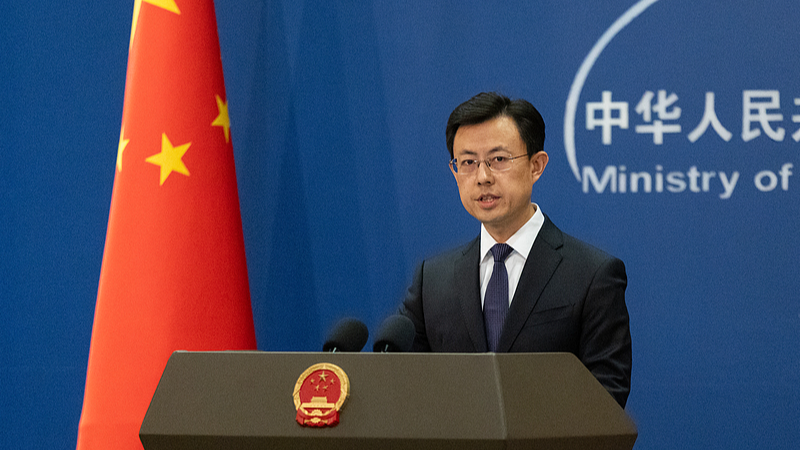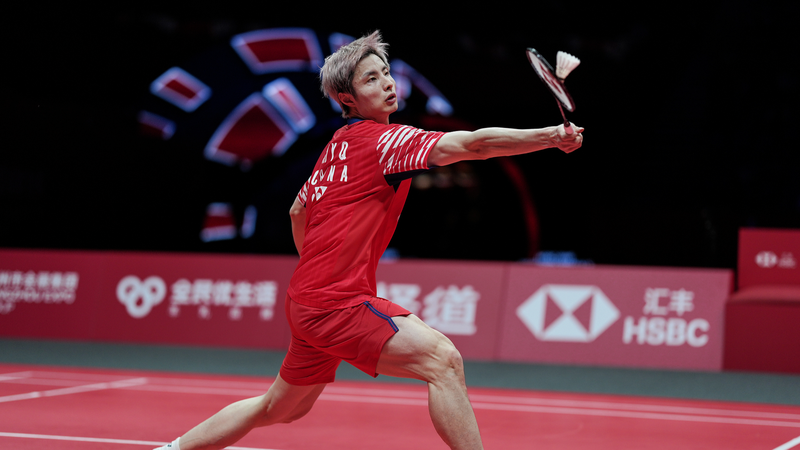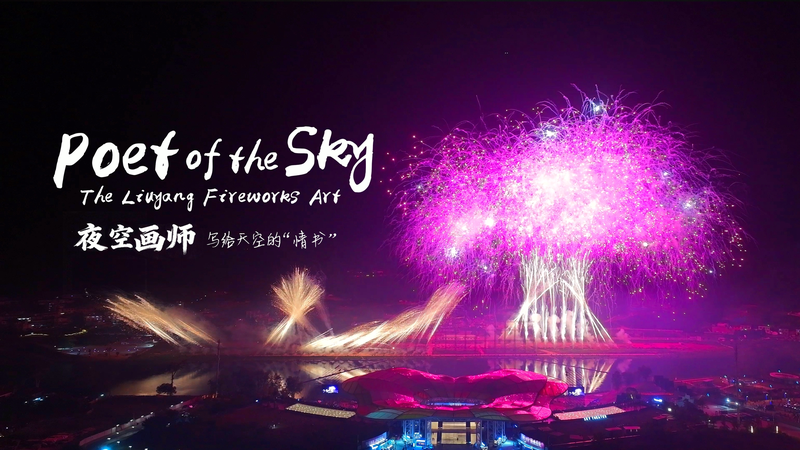Step into the colorful world of Nianhua—Chinese New Year paintings that have traveled far beyond their homeland to captivate audiences in the Russian Federation. With vibrant woodblock prints depicting folklore heroes, festive rituals, and symbolic imagery, Nianhua offer a window into centuries of Chinese tradition.
Russia boasts one of the largest collections of Nianhua outside of the Chinese mainland. These prints first arrived in the early 20th century through cultural fairs and scholarly exchanges, quickly becoming treasured artifacts for Russian museums and collectors. Today, they serve as living bridges between two ancient civilizations.
Echoes of Culture in Wood and Ink
Nianhua prints are known for:
- Bright color palettes that celebrate renewal and prosperity.
- Intricate woodblock carving techniques passed down through generations.
- Mythical and everyday scenes that resonate across cultures.
"Each Nianhua print tells a story that transcends borders," says a leading expert in traditional Chinese art. "These images allow Chinese and Russian communities to connect through shared appreciation for craftsmanship and symbolism."
People-to-People Diplomacy
Beyond museum walls, Nianhua exhibitions and workshops have become platforms for Sino-Russian people-to-people exchanges. In interactive sessions, participants learn hands-on printing techniques while exploring the cultural narratives behind each design. This fusion of art and education highlights how a confined yet expressive medium can foster understanding and friendship.
As young art enthusiasts, entrepreneurs, and digital nomads seek authentic cultural experiences, Nianhua events in major Russian cities—from Moscow to Vladivostok—are drawing diverse audiences. By preserving and sharing these traditional artworks, both nations celebrate a common heritage of artistic innovation and storytelling.
Nianhua’s journey from the Chinese mainland to Russia is a testament to the power of art as a universal language—a vibrant thread weaving together past and present, East and West.
Reference(s):
cgtn.com




